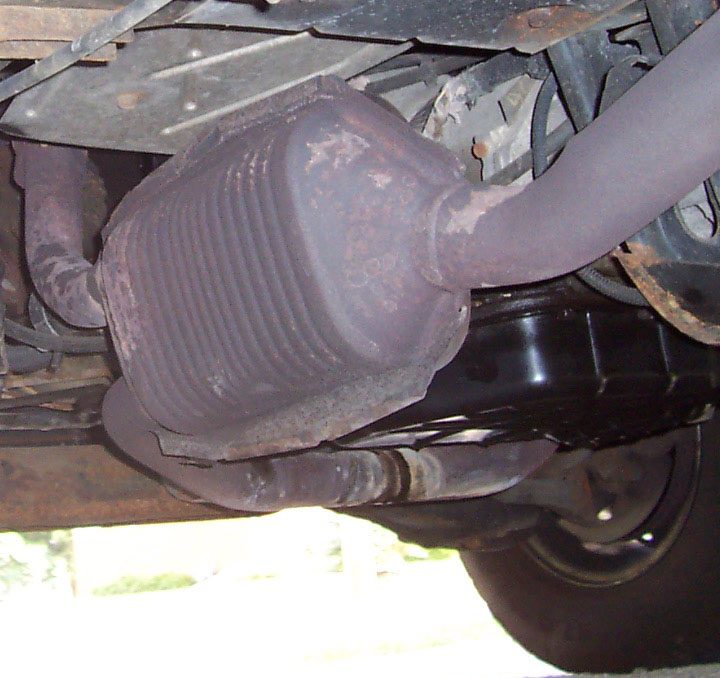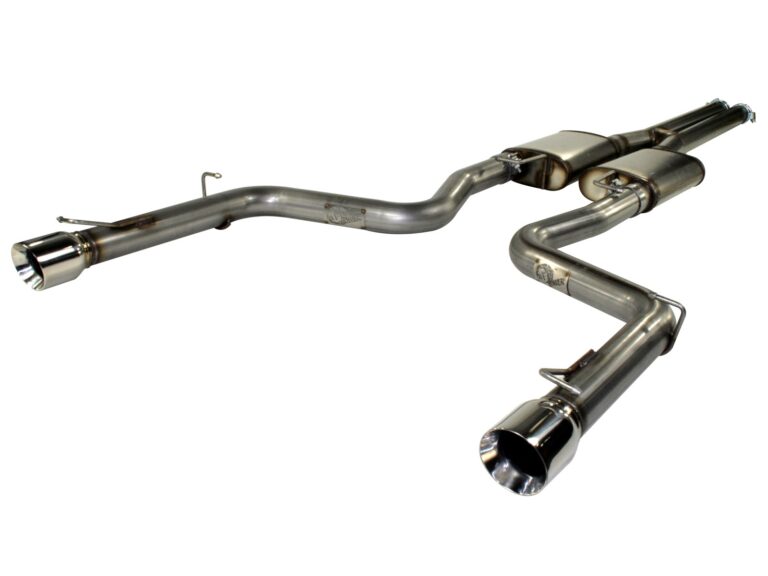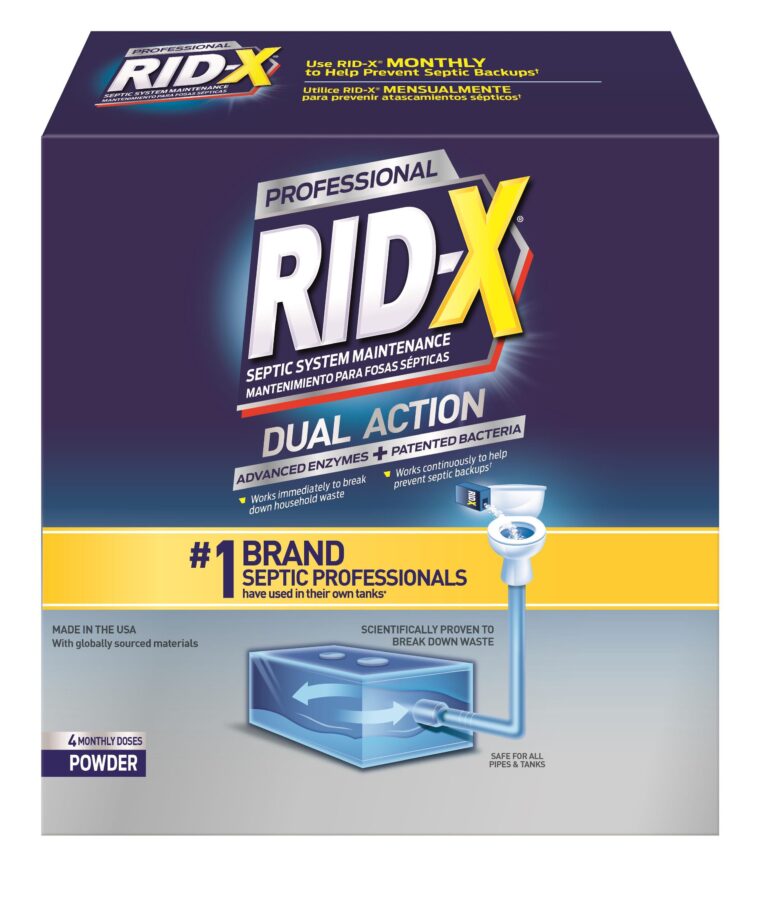Muffler Catalyst : Ignite Your Vehicle’s Performance
A muffler catalyst is a device that reduces harmful emissions from a vehicle’s exhaust system. It is essential for reducing air pollution and meeting government regulations.
We will explore the function of a muffler catalyst, its importance, and how it works to clean exhaust gases. We will also discuss the different types of muffler catalysts available in the market and their benefits. Whether you are a car owner looking to understand the role of a muffler catalyst or a person interested in environmental issues, this article will provide you with the necessary information.
By the end, you will have a thorough understanding of the significance of muffler catalysts in the automotive industry.
Boosting Vehicle Performance With A Muffler Catalyst
|
Boosting Vehicle Performance with a Muffler Catalyst Installing a muffler catalyst can bring several advantages to your vehicle. Not only does it help in improving engine power and torque, but it also contributes to increased fuel efficiency. The muffler catalyst creates a more optimized exhaust flow, allowing the engine to breathe better and perform at its best. This improved combustion process translates into enhanced power output and better acceleration. Another advantage of a muffler catalyst is the enhanced exhaust sound it produces. With the right design, it can give your vehicle a deeper, more aggressive tone, providing a sportier and more satisfying driving experience. Additionally, the use of a muffler catalyst often leads to a reduction in harmful emissions, making it an environmentally friendly choice. The catalytic converter element within the muffler helps in converting harmful pollutants into less harmful substances, contributing to cleaner air. Overall, considering the benefits it offers, installing a muffler catalyst is a worthy upgrade for any vehicle enthusiast looking to improve performance, fuel efficiency, and the overall driving experience. |
Understanding The Working Mechanism Of Muffler Catalysts
The muffler catalyst, also known as a catalytic converter, plays a crucial role in reducing pollution by converting harmful emissions into less harmful gases. It operates by utilizing precious metals like platinum and palladium as catalysts to facilitate chemical reactions. When the exhaust gases pass through the muffler catalyst, the harmful compounds such as carbon monoxide, nitrogen oxide, and unburned hydrocarbons are subjected to a series of chemical reactions. These reactions break down the harmful molecules into less harmful substances, such as carbon dioxide, water, and nitrogen. The muffler catalyst acts as a filter, trapping and neutralizing pollutants before they are released into the atmosphere.
This working mechanism is of utmost importance in controlling air pollution and ensuring compliance with emission standards. To function effectively, the muffler catalyst requires periodic maintenance and may need replacement over time due to wear and tear. Regular inspections and adhering to manufacturer recommendations can help ensure the proper functioning and longevity of the muffler catalyst, contributing to a cleaner and healthier environment.
Factors To Consider When Choosing A Muffler Catalyst
Choosing the right muffler catalyst for your vehicle involves several important factors. One key consideration is the compatibility with your vehicle’s make and model. Different vehicles have different exhaust systems, and it’s crucial to select a muffler catalyst that is specifically designed for your vehicle.
Another important factor is determining the type of muffler catalyst that is suitable for your needs. There are various options available, such as high-flow catalytic converters and performance-oriented catalysts. Balancing the desire for improved performance gains with the need to reduce emissions is essential in making an informed choice.
Additionally, it’s essential to consider legal requirements and emissions standards in your region. Ensure that the muffler catalyst you choose meets all the necessary regulations to avoid potential legal issues. Complying with emissions standards not only helps to protect the environment but also ensures your vehicle passes mandatory inspections.
| Factors to Consider When Choosing a Muffler Catalyst |
| Compatibility with your vehicle make and model |
| Determining the right type of muffler catalyst |
| Balancing performance gains and emission reduction |
| Meeting legal requirements and emissions standards |
Diy Installation Of A Muffler Catalyst
htmlTo install a muffler catalyst into your vehicle, you will need a few tools and equipment. First, gather a wrench, socket set, jack stands, and safety gloves for protection. It is vital to take precautions and safety measures when working with a muffler catalyst installation. Make sure the vehicle is parked on a level surface and the engine is cool before starting. Additionally, use caution when handling hot components and be mindful of your surroundings.
Now, let’s move on to the step-by-step guide to installing a muffler catalyst. Begin by locating the existing muffler and exhaust pipes underneath your vehicle. Carefully remove the bolts and brackets holding the old muffler in place. Next, position the new muffler catalyst securely and reattach the bolts and brackets. Ensure that all connections are tight and secure.
If you encounter any issues during the installation process, here are some common troubleshooting tips. Double-check all connections and tighten any loose bolts or brackets. Additionally, inspect the gaskets for any signs of damage or wear. If necessary, replace the gaskets before completing the installation.
Maintenance Tips For Your Muffler Catalyst
Maintenance Tips for Your Muffler Catalyst
Regular inspections and cleaning
Regular inspections and cleaning are crucial for the proper functioning of your muffler catalyst. Inspect your muffler catalyst at least once a month to check for any signs of damage or blockage. Look out for rust, cracks, or loose connections. If you notice any of these signs, it’s important to take immediate action to prevent further damage.
It’s also important to clean your muffler catalyst regularly to maintain its efficiency. Remove any debris or build-up that may have accumulated inside the catalyst. Use a soft brush or compressed air to carefully clean the surface without causing any damage.
Signs of a failing muffler catalyst
A failing muffler catalyst can lead to a decrease in engine performance and increase in harmful emissions. Look out for signs of a failing muffler catalyst such as increased exhaust noise, decreased fuel efficiency, or strong odors. If you experience any of these issues, it’s important to have your muffler catalyst inspected and replaced by a professional.
Troubleshooting common performance issues
There are several common performance issues that may arise with your muffler catalyst. One common issue is clogging, which can cause a decrease in engine performance. Another issue is plugging, which can lead to increased emissions. If you notice any performance issues, it’s important to troubleshoot the problem and address it as soon as possible.
Extending the lifespan of your muffler catalyst
To extend the lifespan of your muffler catalyst, it’s important to practice regular maintenance. In addition to regular inspections and cleaning, you should also avoid harsh driving conditions and excessive idling. Proper engine maintenance and fuel system cleaning can also help in preventing issues with your muffler catalyst.
Common Mistakes To Avoid With Muffler Catalysts
When it comes to muffler catalysts, there are some common mistakes that you should avoid. One of the most important things to remember is to ensure correct installation techniques. Incorrect installation can lead to poor performance and even damage to the muffler catalyst. Regular maintenance is also crucial to keep the muffler catalyst in optimal condition. Neglecting maintenance can result in reduced efficiency and potential failures. Another mistake to avoid is using low-quality or incompatible muffler catalysts. It is essential to choose a high-quality muffler catalyst that is suitable for your specific vehicle model. Lastly, attempting modifications that could harm performance should be avoided. Modifying the muffler catalyst without proper knowledge and expertise can have adverse effects on your vehicle’s performance and emissions.

Credit: www.repairsmith.com
Frequently Asked Questions For Muffler Catalyst
What Is A Muffler Catalyst?
A muffler catalyst is a component in a vehicle’s exhaust system that helps reduce harmful emissions. It contains a catalyst, usually made of platinum, palladium, and rhodium, which converts harmful gases like carbon monoxide, nitrogen oxide, and hydrocarbons into less harmful substances.
What Happens If You Remove Exhaust Catalyst?
Removing the exhaust catalyst can result in increased emission levels, reduced fuel efficiency, and potential damage to the engine.
What Are The Symptoms Of A Bad Catalytic Converter?
A bad catalytic converter may show symptoms like decreased engine performance, poor fuel economy, strange odors, and rattling noises. It can also trigger the check engine light and emit excessive emissions.
What Is The Difference Between A Catalyst And A Muffler?
A catalyst and a muffler serve different purposes. A catalyst reduces harmful emissions from an engine, while a muffler reduces the noise produced by the engine.
Conclusion
Muffler catalysts play a vital role in reducing harmful emissions from vehicles, ensuring a cleaner and healthier environment. With their advanced technology, they efficiently convert toxic pollutants into less harmful substances. By optimizing fuel efficiency, muffler catalysts not only contribute to environmental conservation but also enhance the overall performance of vehicles.
Investing in a high-quality muffler catalyst is a smart choice for eco-conscious individuals, as it benefits both the planet and their own driving experience.








